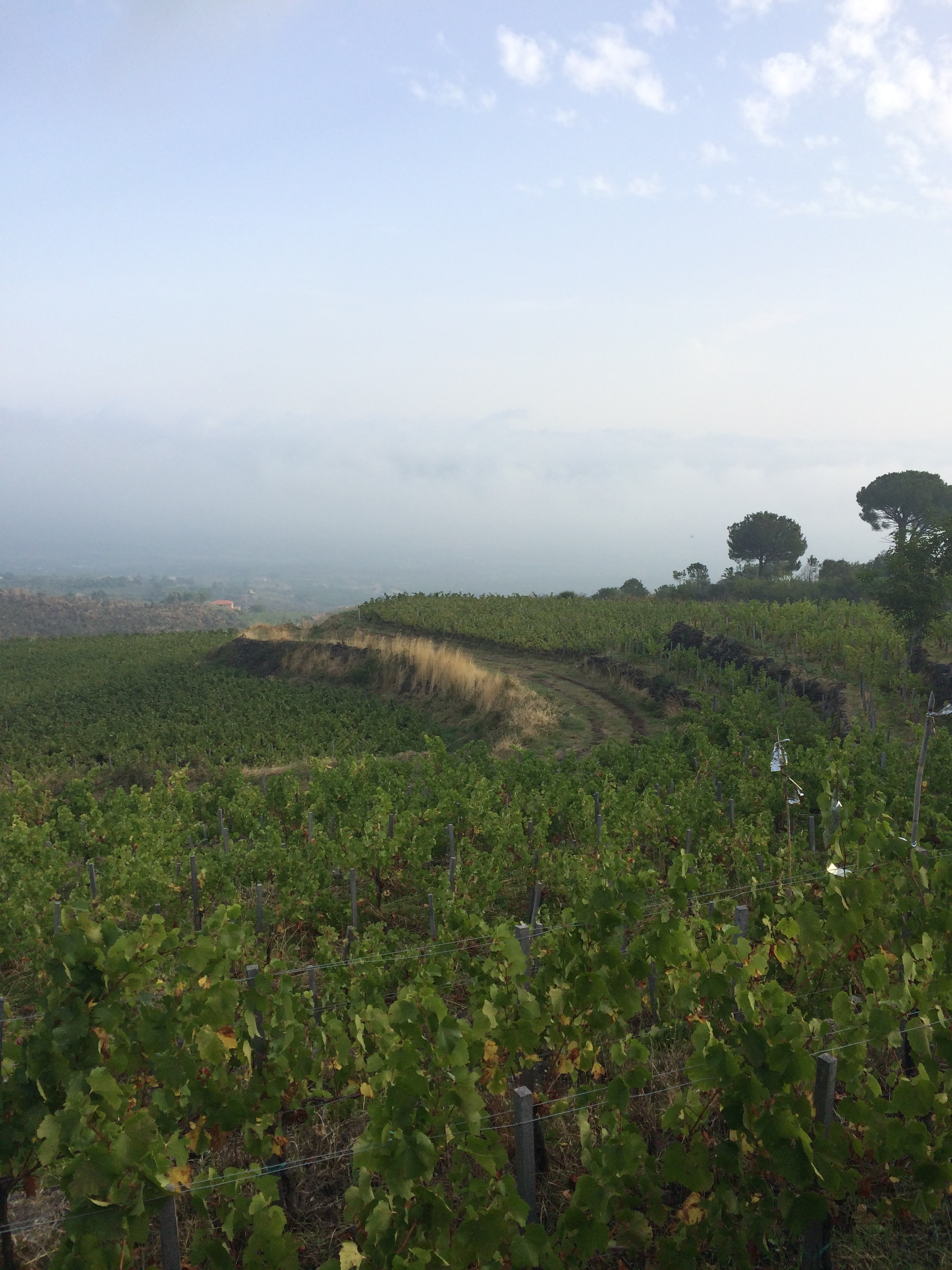I can count on one hand the teachers who have truly impacted my life, who have changed me as a person and the trajectory of my path. Yesterday, I lost one of these precious few.
A lot has been written about Andrea Franchetti the winemaker, the visionary, the creative genius behind Tenuta di Trinoro, the catalyst that brought Mt. Etna to the world stage with his pioneering Passopisciaro. He was surely all of these things and more, with his hard-headed, contrarian, bullish ways of operating, his single-minded vision, and his intense connection to nature and the places in which he made wine. Continue reading





